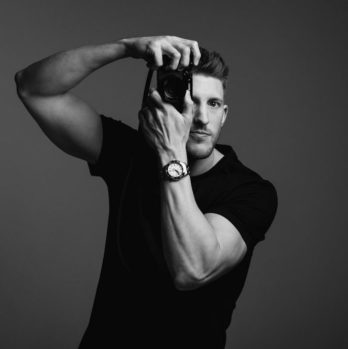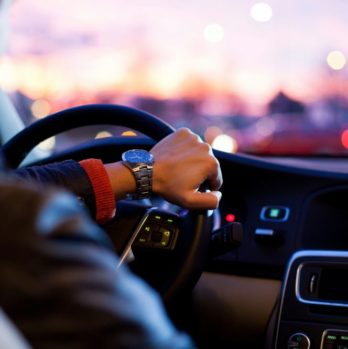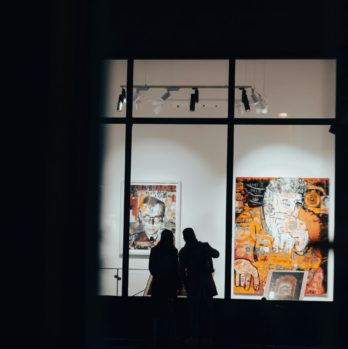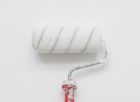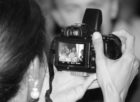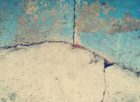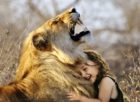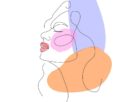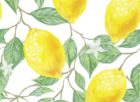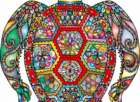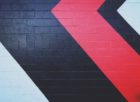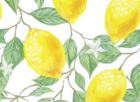Fashion Illustration: A Detailed Overview
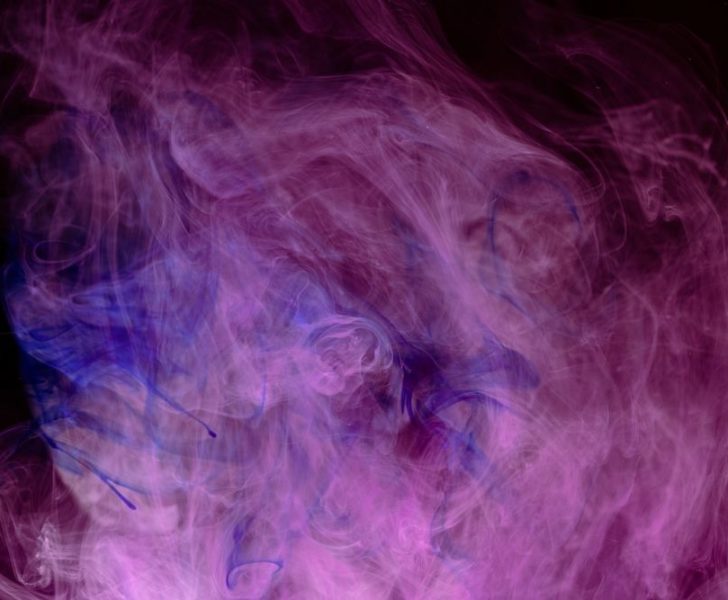
Introduction
Fashion illustration is an art form that captures the essence of fashion through drawings and sketches. It has long been an essential tool for designers, allowing them to visualize their ideas and communicate them to others in a creative and visually appealing way. In this article, we will explore the world of fashion illustration, discussing its various types, popularity, quantitative measurements, differences between styles, and historical pros and cons.
An Extensive Presentation of Fashion Illustration
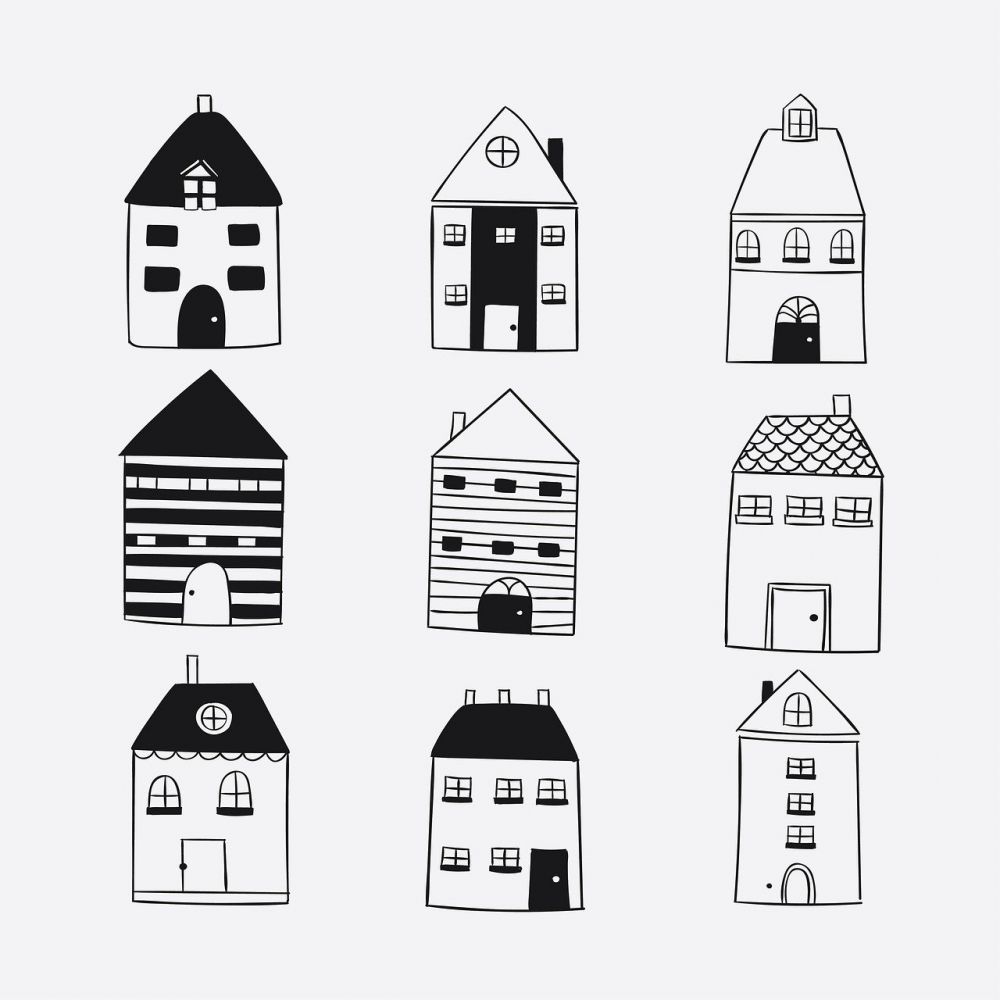
Fashion illustration encompasses a wide range of styles, each with its own unique characteristics and purposes. The most common types include:
1. Line Drawings: This traditional form focuses on capturing the clothing’s structure and silhouette through simple black and white lines. It highlights the designs’ proportions, allowing viewers to focus on the garment’s cut and shape.
2. Watercolor Illustrations: This vibrant and colorful technique involves using watercolors to create soft and fluid illustrations. It adds a touch of whimsy and elegance to fashion sketches, often seen in editorial spreads and high-end promotions.
3. Digital Illustrations: With the advent of technology, digital illustration has gained immense popularity. Artists use software and digital tools to create realistic and detailed fashion illustrations. It allows for easy edits, experimentation, and quick sharing on various online platforms.
4. Mixed Media Illustrations: Some illustrators combine different mediums like collage, painting, and photography to create intriguing fashion illustrations. This style adds depth and texture to the artwork, making it visually captivating and imaginative.
Quantitative Measurements in Fashion Illustration
Quantitative measurements play a crucial role in fashion illustration, ensuring accurate and proportionate depictions of garments. Fashion illustrators use various techniques to scale their drawings correctly, including:
1. Nine-Head Theory: One of the most common methods, the nine-head theory, divides the body into nine equal sections, with each section representing the height of the head. This theory helps artists maintain proportional accuracy in their illustrations.
2. Croquis Templates: Croquis templates are pre-drawn figures that serve as a base for fashion illustrations. These templates provide consistent body proportions and save time for artists, allowing them to focus on the design details.
Differences in Fashion Illustration Styles
Fashion illustration styles can vary significantly based on the artist’s personal preferences, cultural influences, and the purpose of the illustration. Some key differences include:
1. Realistic vs. Abstract: While some fashion illustrations strive to depict garments accurately and realistically, others take a more abstract approach, focusing on conveying emotions, concepts, or mood.
2. Expressive Lines: Artists often use different line weights and textures to express specific elements of the design. Bold and dynamic lines may convey strength and confidence, while delicate lines can evoke a sense of fragility or softness.
A Historical Overview of the Pros and Cons of Fashion Illustration
Fashion illustration has evolved over centuries, adapting to changing trends and technologies. Here is a brief historical overview of its pros and cons:
1. Advantages:
– Communicating Ideas: Fashion illustration allows designers to effectively communicate their vision, showcasing details, fabrics, and silhouettes before production.
– Portability: Illustrations can be easily shared, transported, and presented to clients, allowing for smooth collaboration and decision-making.
– Artistic Expression: Illustrators can experiment with different styles, techniques, and mediums to create unique and visually stunning artworks.
2. Disadvantages:
– Subjectivity: Fashion illustrations are subjective interpretations of designs and may not always reflect the actual finished product.
– Technical Limitations: While digital tools have expanded possibilities, they may lack the tactile and organic qualities of traditional mediums.
– Time Constraints: Creating detailed and intricate fashion illustrations can be time-consuming, especially when adhering to deadlines.
Conclusion
Fashion illustration is a vital aspect of the fashion industry, providing designers and viewers with a visual representation of their creative ideas. From traditional line drawings to digital illustrations, different styles cater to diverse audiences and purposes. As technologies and artistic techniques continue to advance, fashion illustration remains an essential tool for designers, helping bring their designs to life.
Video title: ”Exploring Fashion Illustration: From Concept to Creation”
Video description: This video delves into the process of creating a fashion illustration, showcasing various techniques, mediums, and inspirations used by professional illustrators. Viewers will gain insight into the artistic journey behind fashion illustration and how it contributes to the fashion industry’s visual language.
